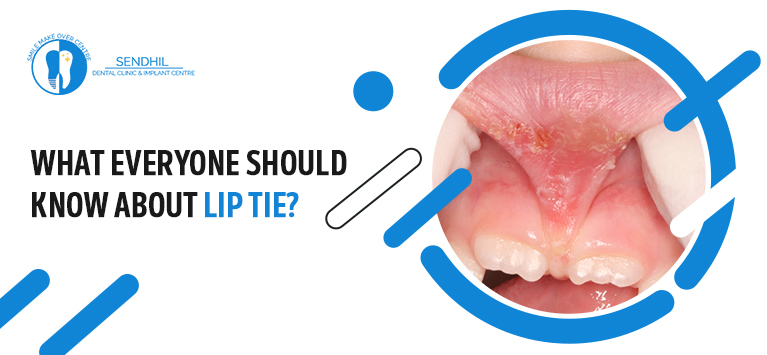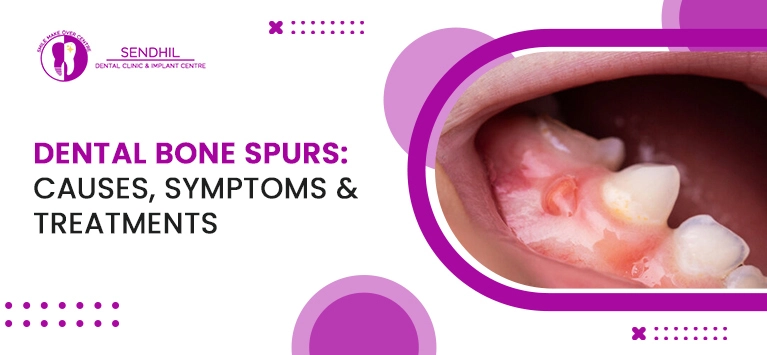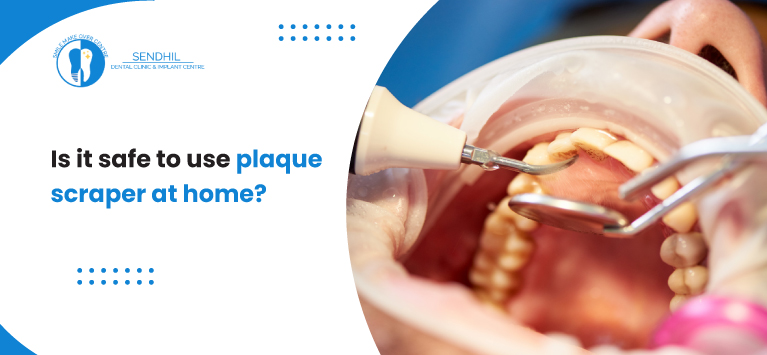
What everyone should know about lip tie?
A fold of membrane called “Frenum” connects our lips or tongues to the mouth. Such frenal attachment aims at providing more stability to the tongue, upper & lower lips in the mouth. When the frenum is too thick or positioned incorrectly, it leads to problems like tongue tie or lip tie.
Various studies show that tongue-tie is seen in about 5% of newborn babies whereas lip tie affects around 11% of newborns. Unlike tongue tie, lip tie is not widely known. In this blog article, we have shared various information concerning lip tie.
Table of Contents
What is meant by lip tie?
As discussed in the beginning, our upper and lower lips are attached to the gums by a tissue. It is called lip frenulum or labial frenulum. It keeps the lips stable when we suck and also ensures lips stabilization when the facial bones grow.
The atypical lip attachments are primarily classified into 4 types (4 levels) as follows:
- Mucosal type (Level 1) – The lip frenulum is attached at the point where the tissue and topmost part of the gums meet.
- Gingival type (Level 2) – In this type, the frenulum is attached deeply to the gums.
- Papillary type (Level 3) – It involves the piece of tissue attached to the gums between the front teeth.
- Papilla Penetrating type (Level 4) – As the name suggests, the frenulum tissue goes deeper into the gums and is extended into the bone.
When this connective tissue is shorter and thicker than the normal range, it causes tightness & limitations in lip movements. This condition is called lip tie.
What causes lip tie in newborns and adults?
Lip tie occurs as a side effect of various genetically inherited conditions that affect bones and muscles. Here are some instances:
- Oro-facial-digital Syndrome
- Ellis-van Creveld Syndrome
- Holoprosencephaly
- Infantile hypertrophic pyloric stenosis
- Ehlers-Danlos Syndrome
What problems are caused by an unusual lip attachment?
Since the abnormal lip attachment restricts how freely our lips can move, our eating, sucking behavior, and pronunciation are all impacted by it. Moreover, infants with lip tie have a hard time getting breast milk. Likewise, children with lip ties have difficulties in taking solid finger foods.
It affects their nutritional intake, leads to problems in gaining weight, and various development problems.
Lip tie can also harm dental alignment so that the sufferer encounters teeth misalignment problems. As crooked teeth interfere with brushing, kids and adults with lip tie are far more likely to develop cavities.
What are the signs and symptoms of lip tie?
Difficulty in breastfeeding implies an infant’s lip or tongue is tied. The other signs to watch during nursing include:
- Difficulties in latching on to the breast
- Baby struggles to breathe during nursing,
- Produce a clicking sound while nourishing
- Fall asleep during nursing
In such cases, a breastfeeding mother also encounters pain and swelling in the breast after feeding. On the other hand, lip tie causes a variety of noticeable signs when infants grow. Such lip tie symptoms are seen in older children and adults.
- Gum Recession
- Large space between the front teeth
- Loss of gum between the teeth
- Crooked or Crowded teeth
What are the lip tie treatments available?
A Pediatric dentist can detect lip tie with a physical evaluation of a patient’s mouth regardless of their age. Depending on the severity of the tie (level 1 to 4), the dental doctor would recommend the right treatment option to release the lip tie.
The widely performed therapeutic procedures to release lip tie are:
- Manual therapy treatments – Levels 1 and 2 lip ties are typically left untreated because they do not cause any problems. In some instances, they resolve automatically when the baby grows. If the tip ties intervene in a baby’s sucking and nurturing activity, manual techniques like lip tie revision are prescribed. It involves sliding your finger along the top of the baby’s lip to loosen the tie.
- Frenectomy – Frenectomy is a minimally invasive surgical procedure and is suggested for people having level 3 or level 4 lip ties. It involves surgically severe or modifying the frenum to release the tie. This lip tie surgery can be performed using either traditional surgery or laser surgery.
Bottom line
Many people perplex normal lip attachment with lip tie. If you feel you cannot move your lips freely, it means the membranes connecting the lips and gums are short or rigid. You have a lip tie. This is the reason why babies have difficulties in latching on, kids develop abnormalities in their oral cavity.
Luckily, you have different options to release lip tie and hinder its possible consequences. Talk to your dentist when you notice if your newborn baby has breastfeeding difficulties.









